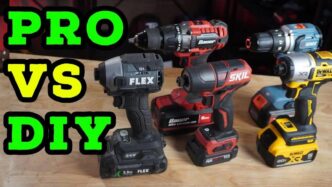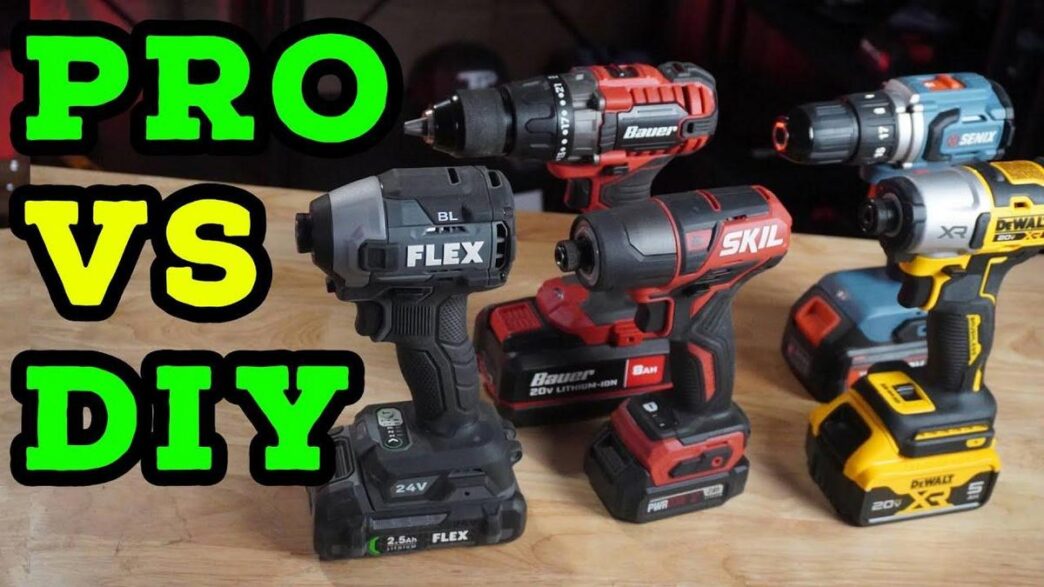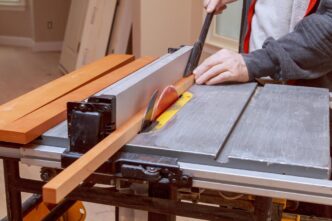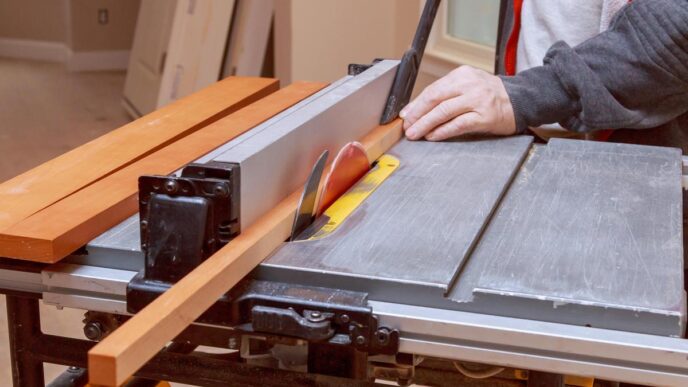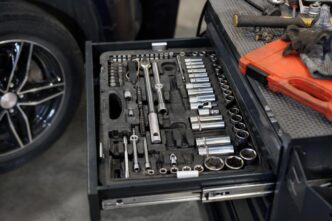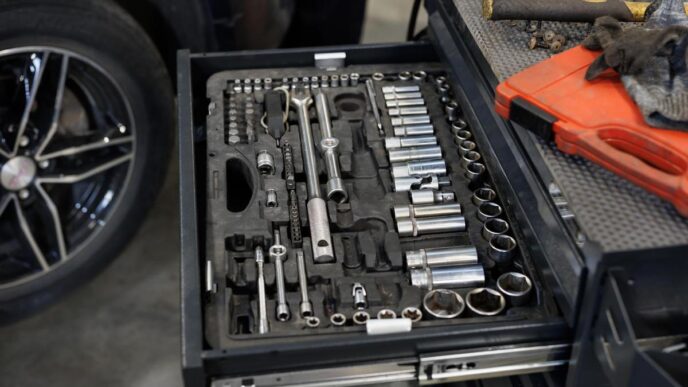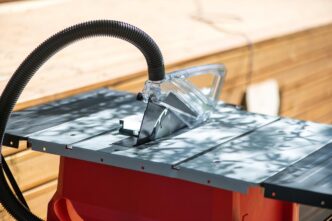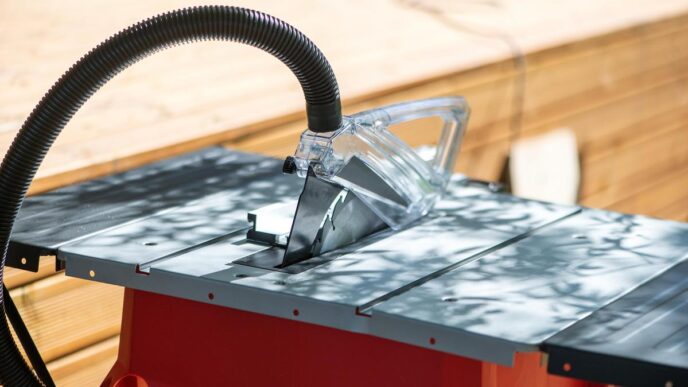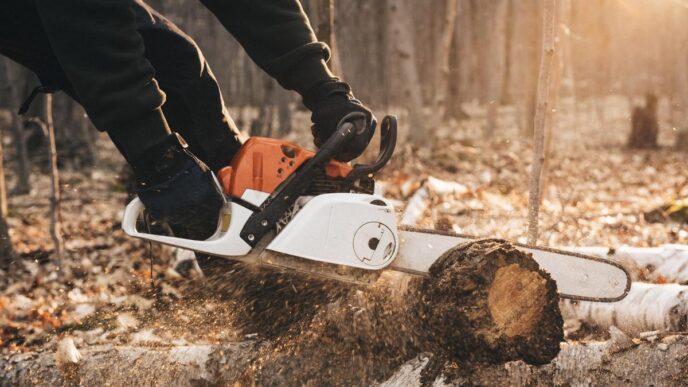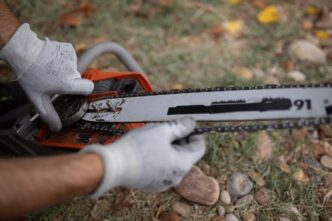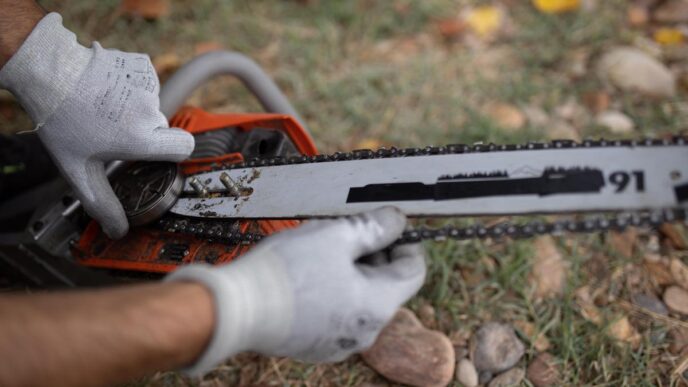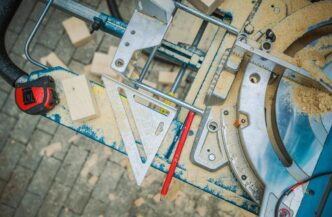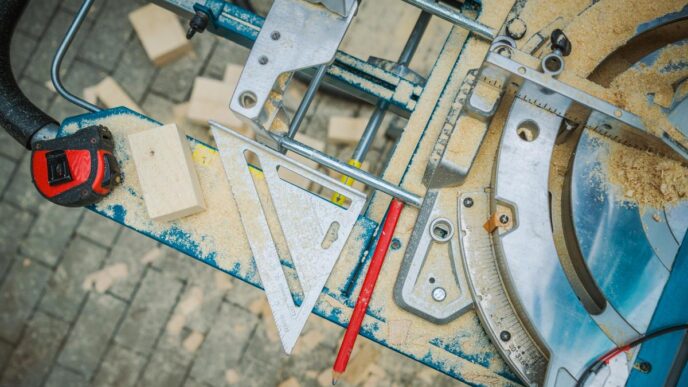Key Takeaways:
- Batteries and separate chargers can increase tool costs; brands like Ryobi and Bauer don’t include them.
- Spare parts for tools add up, impacting long-term costs; Craftsman and Cobalt offer more affordable spares.
- High-quality tools, like Milwaukee, offer fewer repairs but require higher initial investment.
- Shipping fees and regular maintenance elevate total spending; basic maintenance varies by tool brand.
- Extended warranties might not be necessary; most tools come with sufficient basic coverage.
- Professional tool insurance benefits large businesses; small users may find it expensive.
- Budgeting involves matching tool quality to tasks; long-lived brands like Milwaukee may save money over time.
- Monitor sales for purchases; Ryobi and Rigid provide budget-friendly alternatives.
Ever thought about the hidden costs of buying tools? It’s not just the price tag that matters when you grab that shiny drill or trusty wrench. From surprise expenses like shipping fees to ongoing maintenance costs, these hidden charges can pile up fast. Dive in as I uncover the extra expenses lurking in your toolbox and explore clever strategies to budget smartly. Prepare yourself to manage your tool investments like a pro!
What Are the Overlooked Expenses When Purchasing Tools?
When purchasing new tools, you might face hidden fees. For example, the cost of batteries and chargers can increase your budget. Many brands, like Ryobi and Bauer, offer affordable tools. However, you must buy batteries and chargers separately. This extra cost can bring your total spend to the level of more expensive brands.
Another cost involves spare parts. Tools often need parts that are not covered by the initial purchase. Over time, even simple repairs can add up. This is why choosing the right tool brand matters. Look for brands that make it easy to find affordable parts, such as Craftsman and Cobalt.
There is also the cost of your time. Fixing or looking for parts for tools can take hours. Higher-quality tools often need fewer repairs, saving you time. Deciding how much time you can spend is key to choosing the right tool quality.
How does quality influence long-term costs? The short answer: a lot. Quality tools from brands like Milwaukee are a bigger upfront investment. However, they save you money in the long run. Lower upkeep and fewer replacements balance the high initial cost.
In tool buying, overlooked expenses can stack up fast. Craftsman offers a cheaper approach, while still providing good quality. But the trade-off might be more frequent repairs. That’s something to consider before choosing a brand.
People often ignore these hidden costs when purchasing tools. Awareness of these points helps make better choices. Think about all potential costs, not just the price tag. I learned this lesson when I bought a cheap drill and soon spent more on parts and time fixing it than it was worth. Always remember, informed choices prevent costly mistakes.
How Do Shipping and Maintenance Costs Add Up?
Shipping fees and maintenance costs are often underestimated when buying tools. These extra charges can really change the final amount you end up spending. But how do they add up, and what should you watch out for?
First, consider how shipping fees impact the overall cost. Many people overlook the cost of getting the tool to their doorstep, and these shipping and handling fees for tools can be pretty hefty. Some brands offer free shipping, but this is usually for orders over a certain amount. For standalone purchases, the fee might feel like a surprise tax. Suppose a tool costs $100, and the shipping is another $20. That’s a 20% increase in what you expected to pay!
Maintenance costs are another hidden factor. Every tool needs care to keep it working well. A good example is when brushes, blades, or batteries need replacing more often due to heavy use or low quality. Let’s look at maintenance costs for tools.
Tools like Craftsman’s RP brushless line have improved, but maintenance still means keeping the brushless motor clean and clogs-free. Professional brands like Milwaukee or DeWalt need regular checks to match their high performance.
Tools made for lighter use, such as Ryobi’s HP line, might come with fewer maintenance needs initially. But remember, any tool can become costly if repairs and replacements pile up. For example, Ridgid tools promise a lifetime service agreement, but some users find the customer service lacking, adding frustration to their maintenance costs.
So, how costly is it to maintain your tools? It depends on how much you use them, how well you care for them, and the brand’s support promise. Keep shipping and maintenance in mind when you buy, so you’re prepared for these true costs.
Are Extended Warranties and Insurance Worth It?
Extended warranties and insurance on tools might seem wise, but they add costs. An extended tool warranty ties you to extra cash you might never see again. You pay upfront for peace of mind, but do you really need it? Most modern tools have a basic warranty that covers defects. Tools from respected brands often last without issues. So, are these extended warranties essential for your toolbox?
Imagine you buy a cordless drill. It’s covered for a year. The store sells an extra two-year protection plan. You pay more, but what do you gain? Some plans cover damage not due to regular use. But, check if the cost of repair falls below the plan’s price. If your plan ends unused, that’s cash out of your pocket that could have bought more tools or upgrades.
Is tool insurance a must-have cost? For large businesses, it might be. Tool insurance protects against theft or damage. But, for small-scale users, the expense might not justify itself. We often assume tools will fail, but instead, most stay sturdy and reliable.
Think about the lost money on unnecessary plans. A simple yet durable family of tools, like Rigid’s Lifetime Service Agreement, looks perfect on paper. But research shows the service is hit-or-miss. Despite strong performance and affordability, their customer service can leave you frustrated, diluting the benefit of added warranties.
Brands like Milwaukee and DeWalt, seen as buying a Ford F350, suggest caution. They’re robust but usually overbuilt for home use. Their performance promises longevity, implying less need for these plans. Consider intended usage when deciding. Will you push your tools to the limit? Or, are they for minimal tasks?
Understanding the basic warranty should suffice. Be prepared for the best without overspending. Ask the right questions and weigh the value before choosing to pay extra. Making a list of pros and cons can help decide if extended warranties and insurance suit your needs, or if they’re just hidden costs waiting to surprise you.
How Can Budgeting Help Manage Tool Investment?
Budgeting is key when investing in tools. To start, effective budget planning for tool purchases involves understanding your needs versus wants. I always suggest first identifying the type of work you’ll do. If you’re a DIYer or homeowner, expensive professional tools might be overkill. Milwaukee and DeWalt tools are excellent, but often their power isn’t needed for home tasks. These can be like buying a Ford F350 just to drive to soccer games.
A strategic tool investment means buying the right tool for the right job. For budget planning, think about the tool’s lifespan and maintenance costs. Cheaper tools like Bauer might save money upfront, costing around $1,773 for a basic setup. However, they might need replacement sooner than Milwaukee, which costs about $3,763 but lasts longer.
For financial planning for future tool upgrades, create a savings plan. This prevents sudden financial shocks when you need an upgrade. Consider cheaper brands like Ryobi or Rigid that offer good value, and save the extra cash for later upgrades. Ryobi’s HP line, for example, is a decent choice for budget-minded users looking for professional-like performance without the high cost.
Also, track prices over time and wait for sales or discount offers. Buying tools during off-peak seasons can lower costs. Brands such as Craftsman offer improvements at a lower cost, about $179 for a drill and impact driver kit. Keeping an eye on sales can net you these deals at a good price.
Remember, the right tool at a fair price is a sound investment. Thinking long-term and saving gradually will help tackle the hidden costs of tool investments. Always explore tools that fit your needs, not just popular professional brands that might be more than you require.
Conclusion
Buying tools goes beyond just the price tag. Hidden fees, quality, shipping, and maintenance can surprise you. Warranties and insurance might add costs you didn’t expect. Budgeting is key to managing and planning for these investments wisely. Remember, the right tool is an investment in your DIY success. Plan well, choose quality, and save in the long run. Your confidence and skills will grow with the right tools and knowledge at your side. Keep building, keep learning, and stay safe!
